5 Things You Need For Your New Bathroom
A new bathroom requires a few items inside it in order for you to make the most of the room, and prevents any possible issues and incoveniences that can form because of a lack of investment in the space.
In this blog, we will provide insight into the 5 things you need for your new bathroom.
With new buildings being made to be as energy efficient as possible, and the UK aiming for 95% of its electricity usage to be low carbon by 2030, it is imperative to understand how we can make the most of our ventilation. This is where applications such as extractor fans and heat recovery ventilation units come in.
To prevent mould, fresh air should constantly be introduced into your dwelling daily, as it helps to regulate temperature and reduce condensation. Introducing fresh air can be as simple as having a ventilation routine, or installing extractors or MVHR units. Almost all of this is facilitated by ducting.
Can you use old ducting in a new bathroom?
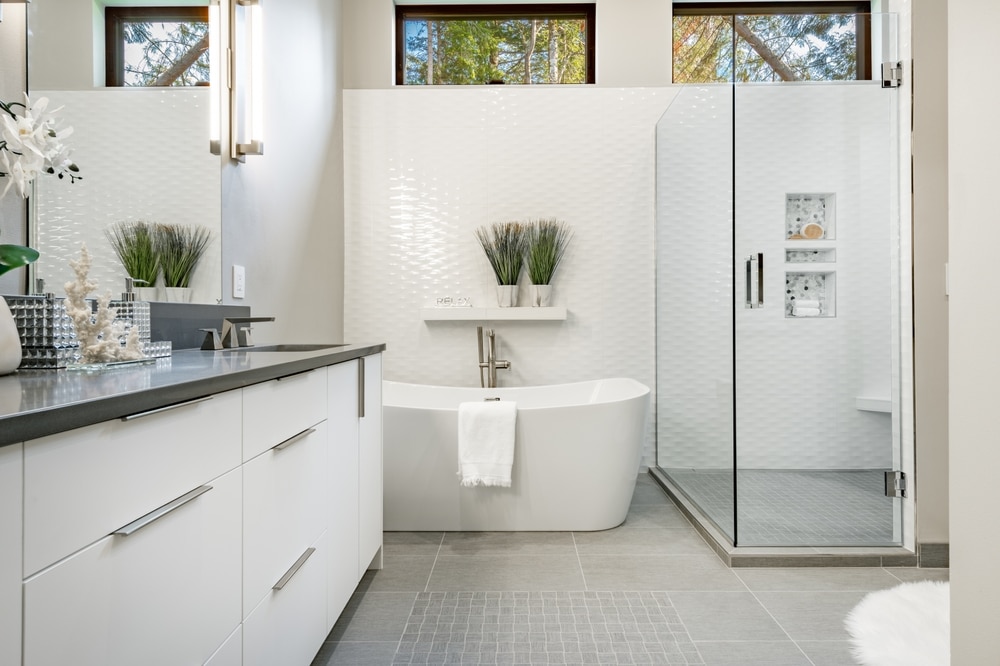
Maybe, but it depends on the condition and suitability of the old ducting for your new bathroom. Here’s why:
- Material Compatibility: Ensure the old ducting material is compatible with the type of fan you’ll be using in your new bathroom. Incompatible materials could pose safety risks or lead to poor performance.
- Condition of the Ducting: Inspect the old ducting for any signs of damage, cracks, leaks, or excessive rust.Compromised ducting can reduce airflow efficiency and might harbor mold growth.
- Size and Layout: The old ducting size should be adequate for the new bathroom’s ventilation needs. A smaller duct might restrict airflow and hinder proper exhaust. The layout also matters – ensure it reaches the designated venting point for the new fan.
- Cleaning: If the old ducting is salvageable, it will likely need a thorough cleaning to remove dust, debris, and potential mold growth before reuse.
You can reuse old ducting if it is…
- In good condition: The ducting is free of damage, leaks, and excessive rust.
- Is Right size and layout: The size is sufficient for the new fan’s airflow requirements, and the layout reaches the venting point.
- Is a Compatible material: The material is compatible with the new bathroom fan.
In these cases, you can save money by reusing the old ducting. However, if there’s any doubt about its condition, size,compatibility, or safety, replacing it with new ducting specifically designed for bathroom ventilation is the recommended course of action. Here’s when to consider replacing the old ducting:
- Damaged or leaking: The ducting shows signs of wear and tear, leaks, or excessive rust.
- Wrong size or layout: The size is inadequate for the new fan, or the layout doesn’t reach the venting point.
- Incompatible material: The material isn’t suitable for the new bathroom fan.
- Uncertain about condition: If you’re unsure about the ducting’s overall health, replacing it ensures optimal performance and safety.
When in doubt, consulting a qualified plumber or ventilation specialist is recommended. They can assess your specific situation and advise you on whether reusing the old ducting is safe and effective, or if a new installation is necessary.
5 things you need for your new bathroom
There are many things that would create a comfortable and functional bathroom. However, we are going to list the 5 most important features that every bathroom should have, excluding the toilet, shower/bath and sink.
1. Ventilation
Out of all of our suggestions, ventilation is the most important. Ventilation should be available in any bathroom in two forms for the best results. These are a window, an extractor fan, or similar systems that also have the function of an extractor fan.
Ventilation is critical for any bathroom simply due to the amount of steam that is generated in bathrooms, especially when using a shower or bath. If there is no ventilation present, it can quickly form condensation, which has the potential to become mould.
Even the most pristine bathroom requires regular ventilation, or it will descend into a mould infested room quicker than you’d think. Mould is a dangerous organism that has the potential to affect your health and the rest of your home. In most cases, removal is possible, but it is better to prevent it altogether.
2. Towel rack or hooks
Although it may not seem that important, having an area where your towels can hang to dry is important. If there is not enough air going to a wet towel, the damp areas that take much longer to dry can easily develop mould.
Considering we need towels on a daily basis to keep ourselves and our surfaces dry, the last thing you want would be to use a mould infested towel on your body, or any surface of your bathroom.
3. Lighting
Of course, it would be exceedingly difficult to use a bathroom that you can’t see inside of. This is why lighting is extremely important, furthermore, a well lit bathroom will help you see if there are any issues you need to address, such as mould.
4. Mirror
A mirror is a requirement in a vast majority of bathrooms, as bathrooms are sometimes a place where we get ready within, whether that’s shaving, styling your hair etc. Additionally, a mirror is also a quick indicator of excess steam in your bathroom.
If your mirror is covered in steam, then you should open your window and make sure the extractor fan is operating.
5. Storage
Dedicated storage space may not seem like a priority for some people, but it goes a long way in not only keeping an organised space, but preventing mould. If your items are stored away, the likelihood of condensation settling on its surface is severly limited, reducing the likelihood of mould.
Whether it’s a cabinet, a shelf, a drawer, it makes a big difference.
Can ventilation be affected in a bathroom?
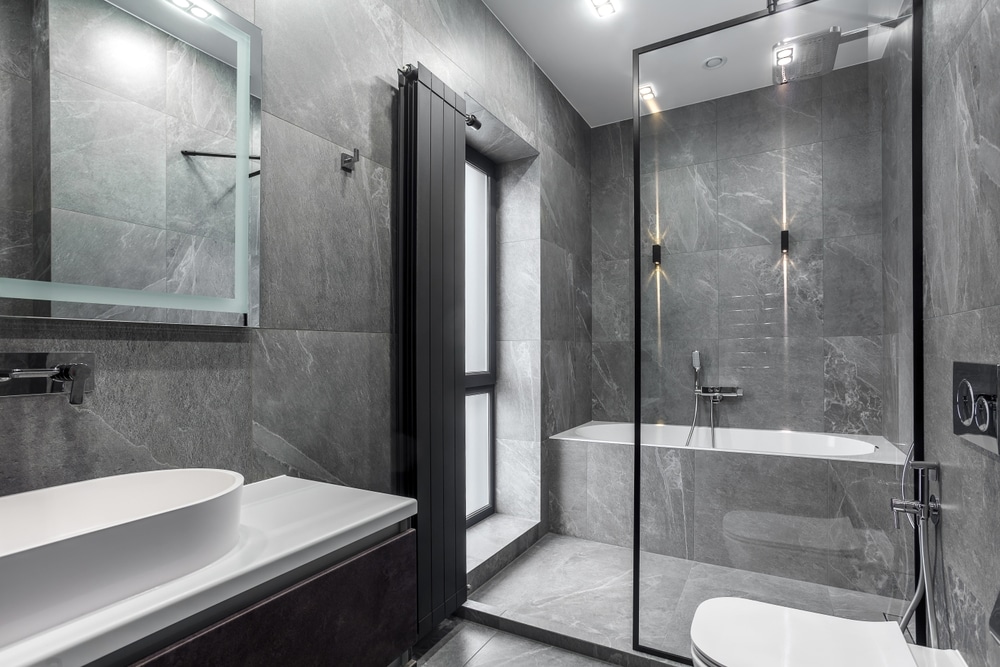
Yes. Here are 5 potential issues that can cripple your bathroom’s ventilation system, leading to moisture buildup and potential mold growth.
- Clogged Ducts: Dust, debris, and even grime can accumulate inside the ductwork, hindering airflow and preventing proper exhaust of humid air.
- Undersized Fans: A weak fan simply won’t have the power to remove moisture effectively, especially from larger bathrooms or those generating high humidity.
- Blocked Vents: If the exterior vent is clogged with leaves, debris, or even a bird’s nest, moist air gets trapped inside, defeating the purpose of the ventilation system.
- Missing or Faulty Fan: An absent or malfunctioning fan leaves your bathroom without a crucial tool to combat moisture.
- Poor Layout: Ducts with too many bends or excessive length create resistance, reducing the fan’s ability to expel humid air efficiently.
Get the right ventilation for your bathroom today
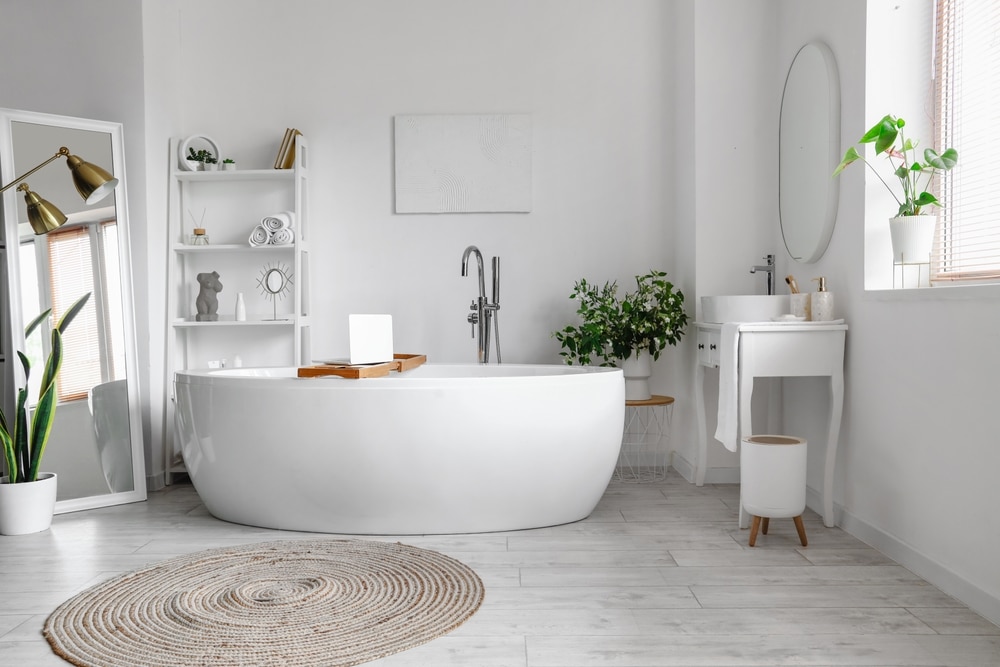
At I-Sells, all things ventilation and ducting related is our speciality, we are here to answer the questions we know are common for those new to HVAC and what it encompasses.
We at I-Sells endeavour to ensure our customers have all the information they require before investing in our mould solutions. Be sure to visit our blog page to learn about the vast array of factors and issues surrounding ventilation, mould, condensation, and much more.
Within this blog, we hope to have shown you 5 things you need fo your new bathroom. Whilst providing you with supplementary information to help you going forward.
We understand you may have more questions, do not hesitate to contact us for more information about whatever you need our help with. If you’d like to email us, click here. For other contact options, see below:
Call us on 020 8463 9696
Visit us at our showroom:
*OPENING TIMES*
Monday – Friday: 8:00 am to 5:30 pm
Saturday: 9:00 am to 12:00 pm
Sunday: Closed
15 St John’s Parade
Sidcup, Kent
DA14 6ES
United Kingdom




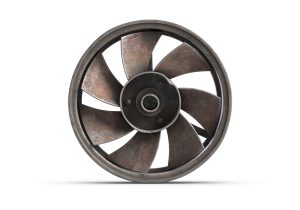

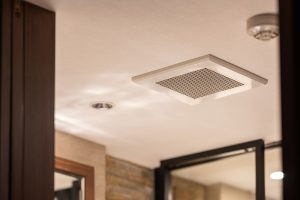





















Add comment
You must be logged in to post a comment.